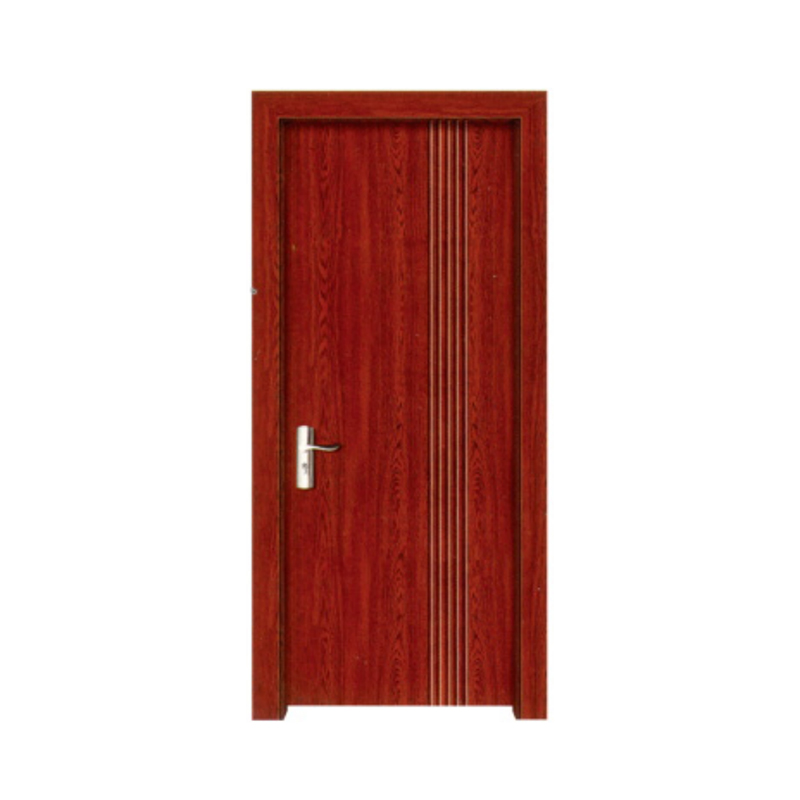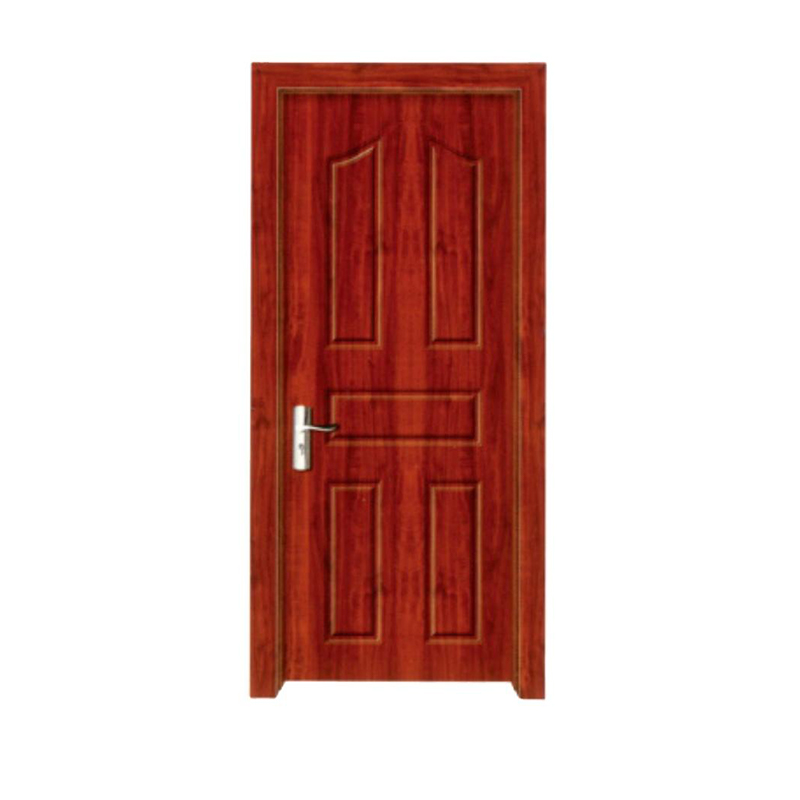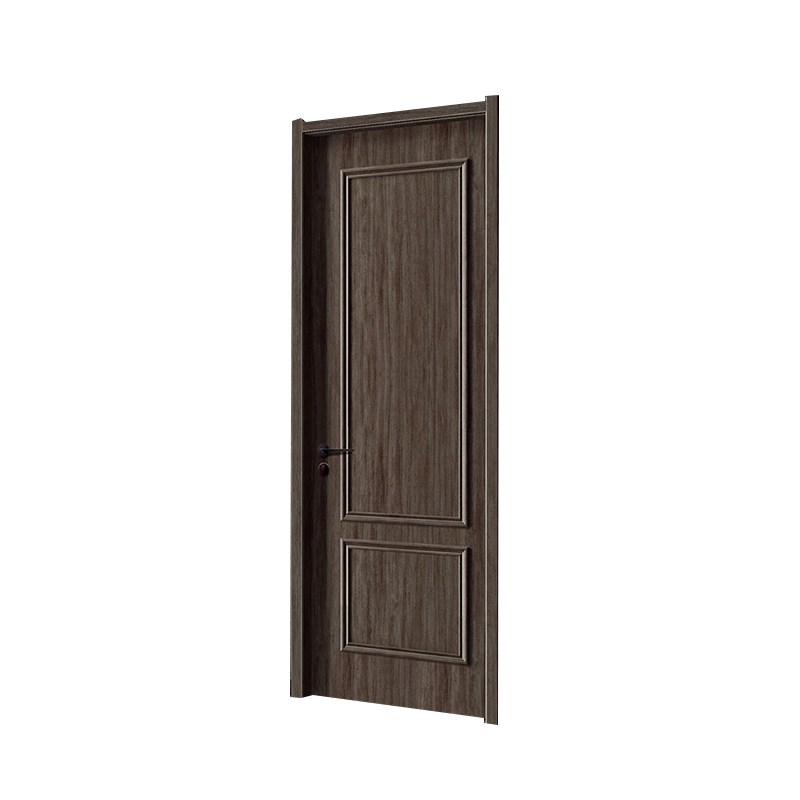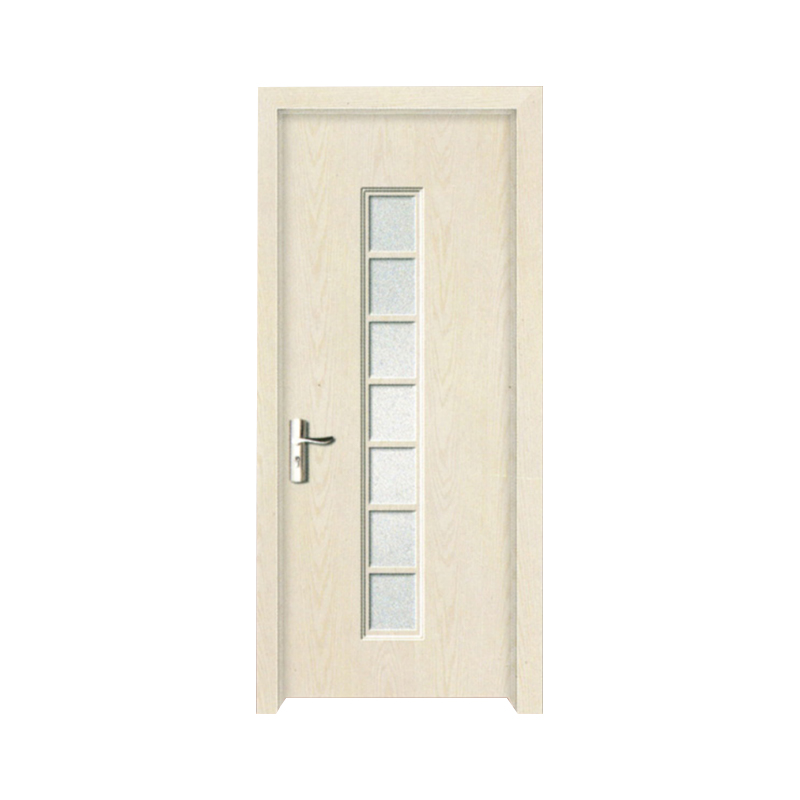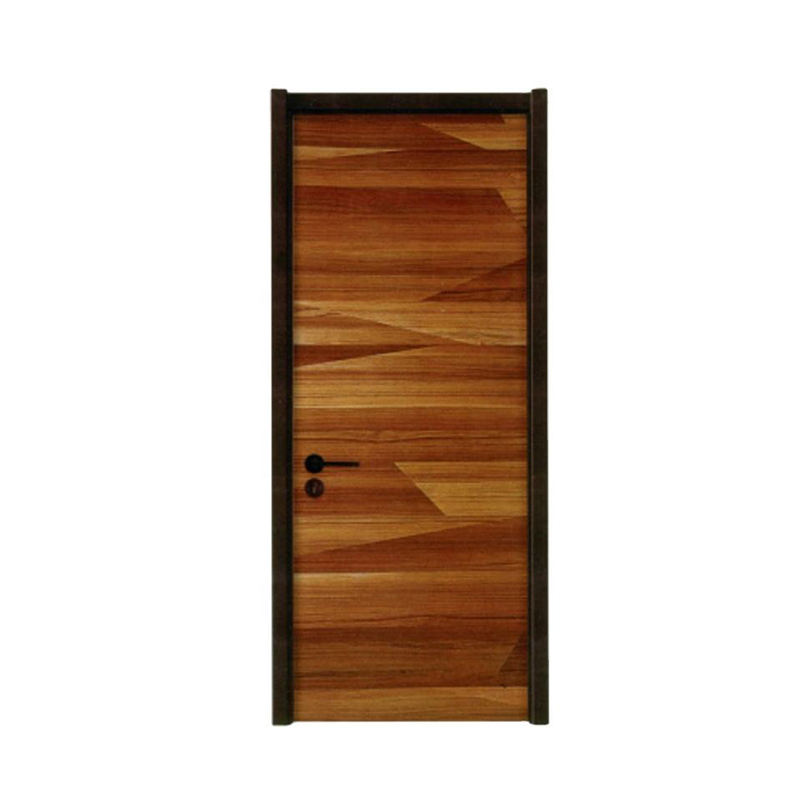With the continuous development of science and technology and the continuous changes of people's aesthetic concepts, the interior door industry is also constantly innovating. From design, materials to functions, innovations in interior doors are bringing more convenience and beauty to our lives.
The design innovation of interior doors is reflected in the fact that modern interior door design is no longer limited to the traditional flat and simple style, but incorporates more three-dimensional elements and personalized designs. For example, some interior doors use 3D patterns to give the facade a unique texture and visual effect. In addition, the colors and textures of interior doors are becoming more and more diverse, meeting consumers' needs for personalization and customization. These design innovations not only make interior doors the highlight of a space, but also help enhance the overall aesthetics and taste of the space.
Material innovation for interior doors is also an important trend in the development of the industry. Traditional interior doors are mostly made of wood. However, with the improvement of environmental awareness and the pursuit of sustainable development, more and more interior doors are beginning to use new environmentally friendly materials. . Such as bamboo, composite materials, recycled wood, etc. These materials are renewable, low-carbon and environmentally friendly, and have gradually become the new favorites of the interior door industry. In addition, some interior doors also use non-traditional materials such as glass, metal, and plastic to achieve diversification and differentiation of materials.
The functional innovation of interior doors is also a direction worthy of attention. With the popularity of smart homes, interior doors are no longer just a simple partition tool, but have gradually become part of the smart home system. For example, some indoor doors are equipped with smart locks, which can be unlocked through mobile APP, fingerprints, passwords and other methods, which improves security and convenience. In addition, indoor doors can also be connected to other smart home devices to achieve remote control, voice control and other functions, bringing users a more intelligent life experience.
In addition to innovations in design, materials and functionality, interior door production processes are also constantly improving. Digital and automated production lines have greatly improved the production efficiency of interior doors, while also ensuring the stability of product quality. In addition, some companies have also introduced environmentally friendly production concepts and achieved green and sustainable development of indoor door production by improving production processes and reducing waste emissions.
In the innovation process of interior doors, user experience must always be taken as the core. In order to meet consumers' diverse needs for interior doors, companies need to continuously conduct market research to understand user needs and expectations. In addition, interior door companies also need to strengthen cooperation with designers, architects and other professionals to jointly develop more innovative and practical interior door products.
In short, the innovation of interior doors has brought a lot of convenience and beauty to our lives. From design, materials to functions, interior door innovations are constantly driving the development and progress of the industry. In the future, with the further development of technology and changes in people's lifestyles, interior door innovations will be more diversified and personalized, creating more possibilities for our lives.


 عربى
عربى





